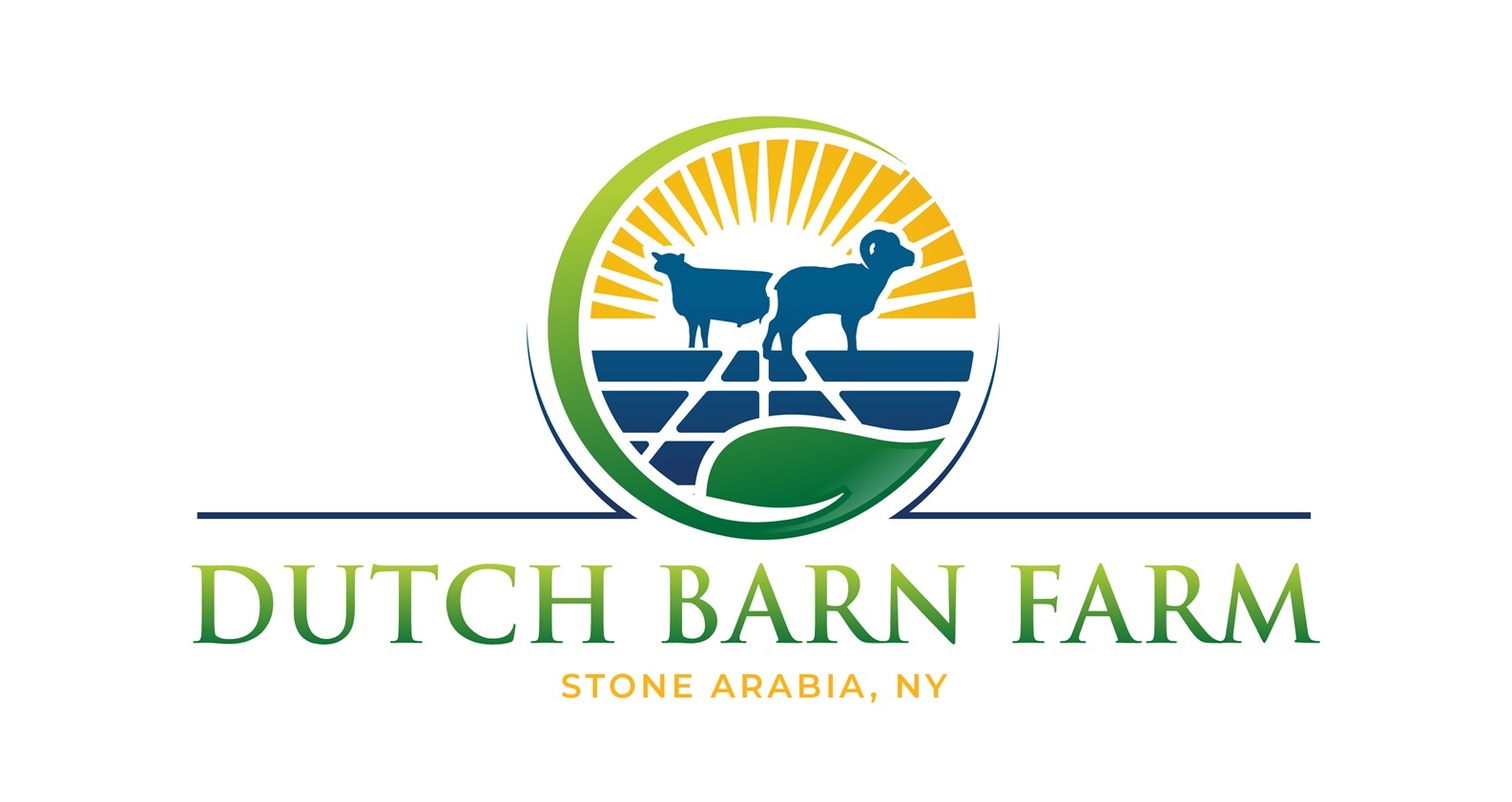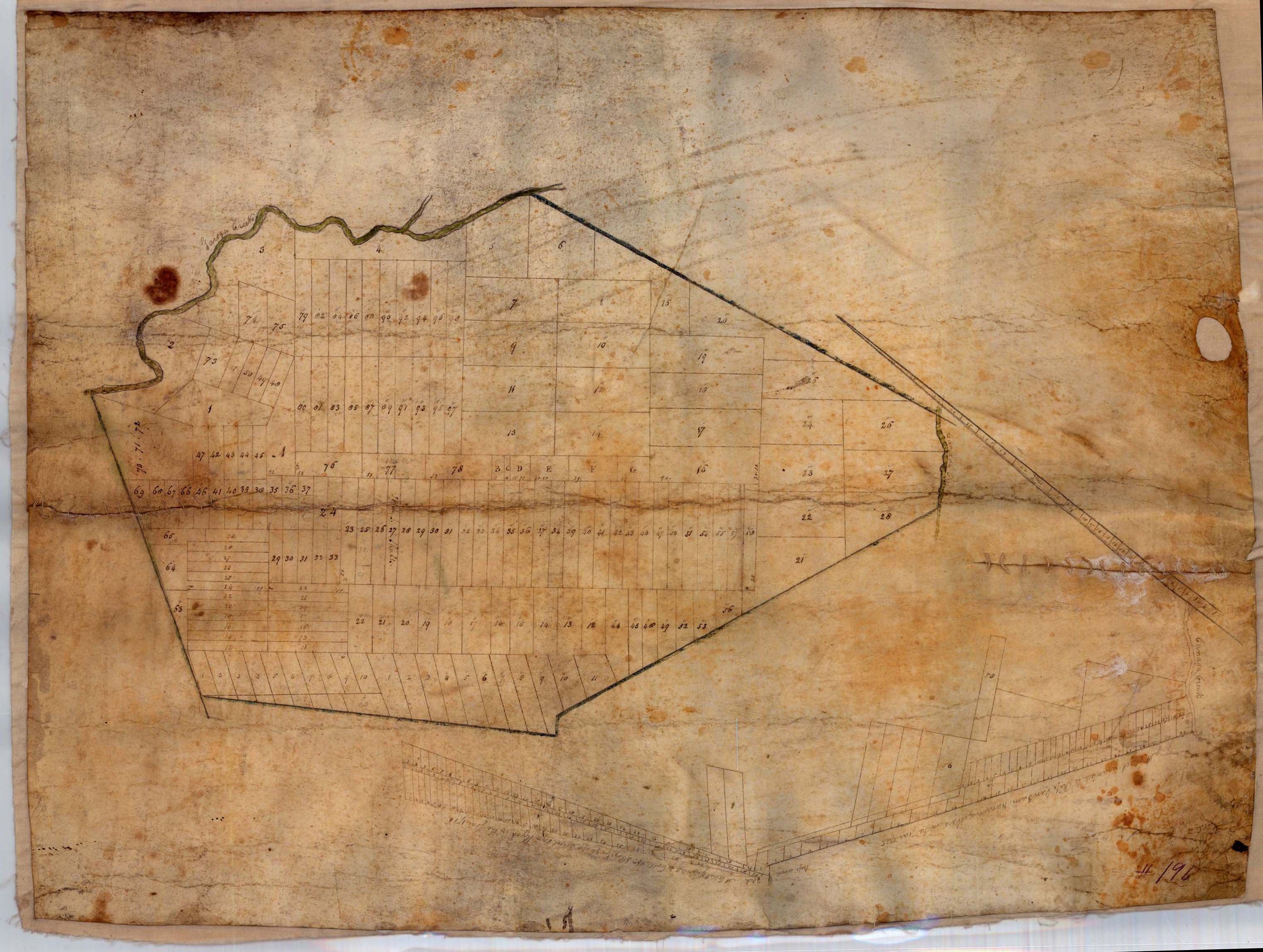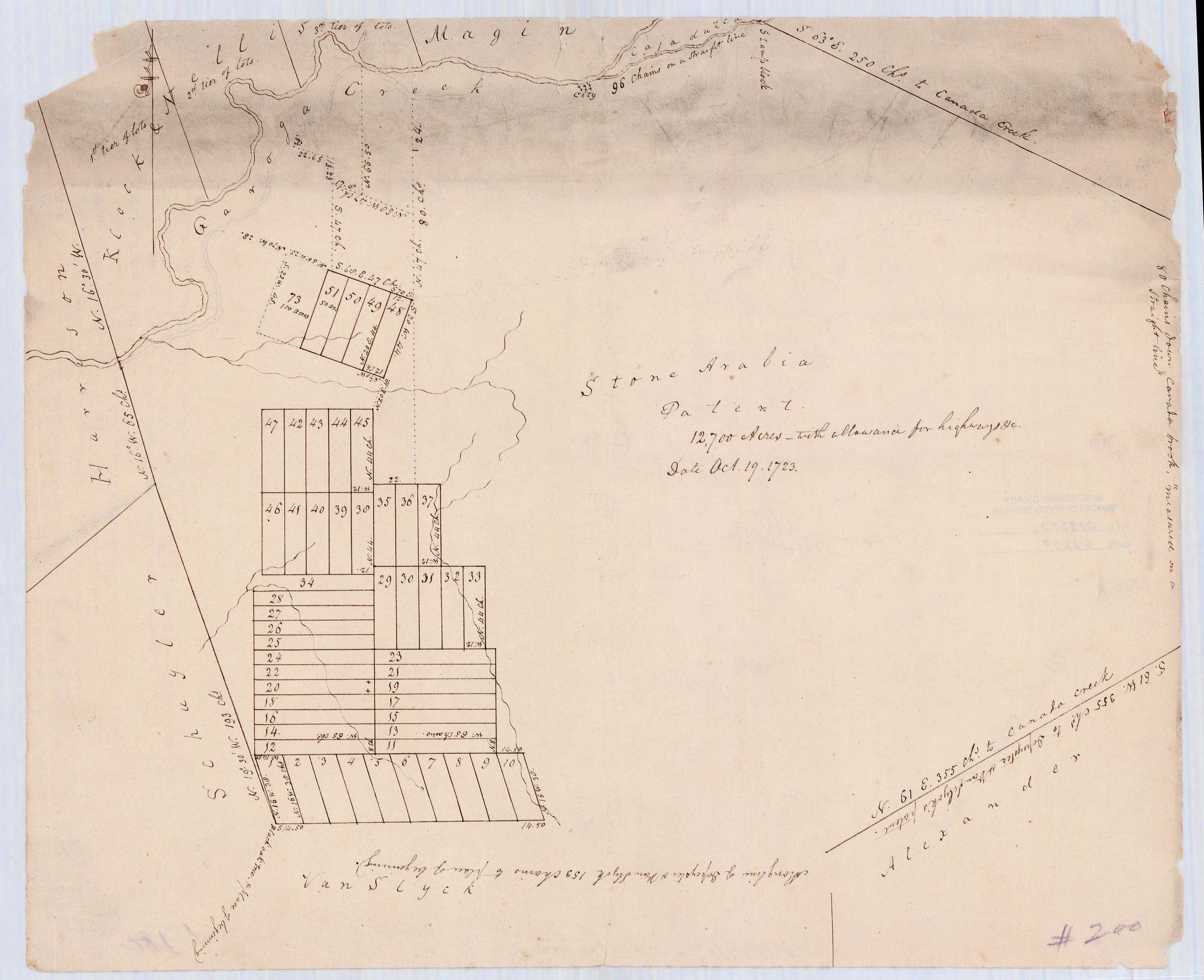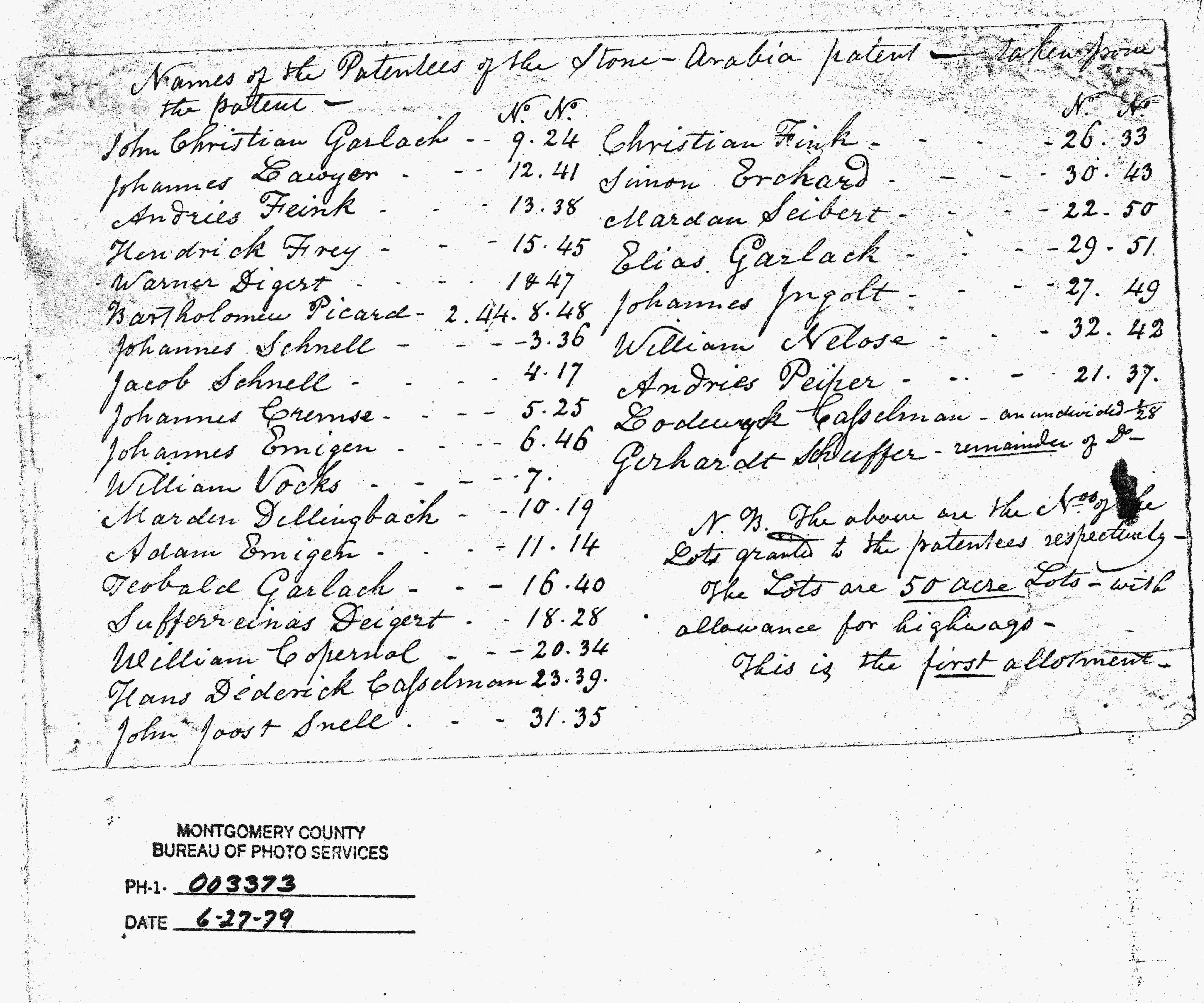
+1 518 993 4983
Dutch Barn Farm History

Dutch Barn Farm is a hundred acres on the northern edge of the Mohawk Valley in Upstate New York with a fascinating history. The Mohawk Valley was the western frontier and one of the front lines in the revolutionary war, and the area is rich in historic sites dating back to this era. The potted history here is organized around Dutch Barn Farm, shown in the 1894 picture on the left.
Dutch Barn Farm
Town of Palatine
Thanks Skip
We are indebted to Willis (Skip) Barshied, a friend and local historian who encouraged us to take an interest in local history. Skip wrote many stories about the history of Stone Arabia and other local places, including the Kilts farm timeline to the left. Skip's writings range from poems and letters to the editor to historical essays and musings on the natural environment. Many of them are collected here: Essays by Skip.
Skip died in 2020. You can read his obituary here: Skip Obituary
Mohawk Settlement
There was a Mohawk settlement at the top of the hill just north of the farmstead. The site, dubbed the Getman #1 site, was excavated by archaeologists in in 1957.
According to the archaeologists, who reported their findings in Ritchie, W. A. and R. E. Funk, Aboriginal Settlement Patterns in the Northeast, New York State Museum and Science Service Memoir 20, 348, Albany, the site was probably occupied several times during the second half of the fifteenth century.
One of the periods of occupancy
Stone Arabia
Stone Arabia was established by the Stone Arabia Patent. A map of the patent is shown below. It extends from the north edge of the Village of Palatine Bridge to Caroga Creek through Ephrata in the north and northwest to Cayadutta Creek in Sammonsville in the east. The patent granted land in three allotments.
Much of the material in this section is from Early Stone Arabia" a paper read before the New York State Historical Association at Canajoharie on the historical tour of September 24, 1931, by Andrew L. Dillenbeck. This can be found online here: https://montgomery.nygenweb.net/palatine/stonearhistory.html The paper was published in New York History, Vol. 13, No. 3 (JULY 1932), pp. 276-283

The first allotment of the Stone Arabia patent granted title to 2,550 acress of land to twenty seven immigrant families. The tract conveyed was divided into twenty-eight equal parts. and granted as follows:
Lots Nos. 1 and 47 to Warner Digert;
lots Nos. 2, 44, 8 and 48 to Bartholomew Picard;
lots Nos. 3 and 36 to Johannes Schell;
lots Nos. 4 and 17 to Jacob Schell;
lots Nos. 5 and 25 to Johannes Cremse;
lots Nos. 6 and 46 to Johannes Emiger;
lot No. 7 to Wm. Vocks;
lots Nos. 9 and 24 to John Christian Garlack;
lots Nos. 10 and 19 to Mardan Dillenbeck;
lots Nos. 11 and 14 to Adam Emiger;
lots Nos. 12 and 41 to John Lawyer;
lots Nos. 13 and 38 to Andries Feink;
lots Nos. 15 and 45 to Hendrick Frey;
lots Nos. 16 and 40 to Theobald Garlack;
lots Nos. 18 and 28 to Sufferimas Diegert;
lots Nos. 20 and 34 to Win. Coppernoll;
lots Nos. 21 and 37 to Andries Peiper;
lots Nos. 22 and 50 to Mardan Seibert;
lots Nos. 23 and 39 to Hans Deterick Casselman;
lots Nos. 26 and 33 to Christian Fink;
lots Nos. 27 and 49 to Johannes Ingolt;
lots Nos. 29 and 51 to Elias Garlack;
lots Nos. 30 and 43 to Simon Erchart;
lots Nos. 31 and 35 to John Joost Schell;
lots Nos. 32 and 42 to William Nelse.


The second allotment was made in 1733. It granted 30 men title to 9,169 acres to 30 men. Four of the 26 different titles given in the second allotment were titles in partnership. The 30 men who received title to land were as follows:
Martynis Tillebagh,
Johannis Lawyer,
Andris Finck,
Nicholas Pickard,
Lodewyck Casselmann,
Andreas Finck, Jr.,
Symon Erhart,
Jacob Snell,
Johannis Snell,
Adam Emge,
Wilhelmis Casselman,
Dierik Loucks,
Sutferynes Teyger,
Johannis Myderse,
William Brower,
Johannis Crams,
Hanes Erhart,
Barhanadus Van Diere,
War(ner) Teygor,
Johannis Miller,
Jacob Sible,
Jurigh Houck,
Piter Soots,
Johannis Schulthuys,
Johannis Wies,
Van Schullne,
Hendrick Six,
William Nellis,
Nicolas Stensoll, and
Robert Garther.
Fourteen of the men who took land in the first division took none in the second. Ten years had witnessed the death or removal of these or they were convinced they had enough land. Deeds were given to all who shared in this allotment, a few of which are still in existence. Most of the new grantees were sons of the patentees, in several instances were men from Schoharie, and in some cases Dutchmen.
"The Freeholders of the City and County of Albany, 1763 are listed by place in a paper of that name in : "National Genealogical Society Quarterly, vol. 48, No. 4, December 1960", transcribed by Camellia C and made available on the Geneology Trails web site here: https://genealogytrails.com/ny/albany/freeholders1763.html
"The list of freeholders was prepared in accordance with an act for returning of able and sufficient jurors which passed on 27 November 1741, (4) and made perpetual on 6 December 1746. (5) By these acts inhabitants of Albany County to be eligible for jury duty in trials before Provincial courts, had to be between 21 and 70 years of age and "have in their own Name or Right, or in Trust for them, or in their Wives Right, within the City or County, a Freehold in Lands, Messuages, or Tenements, or of Rents in Fee, Fee-Tail, or for Life, of the Value of Sixty Pounds, free of all Reprizes or Incumbrances whatsoever". Inhabitants of the City of Albany, however, having personal effects to the value of sixty pounds, free of all incumbrances, were likewise eligible to serve. In a document of 1763 which lists the 801 freeholders subject to jury duty in Westchester County only between twenty and twenty-five percent of the white male population between the ages of 21 and 70 were eligible, (6) so that the property requirement of Albany County must have had much the same effect. The towns or localities listed in this paper comprised all or parts of the following present New York counties: Ulster (northern part), Greene, Columbia, Albany, Renselaer, Saratoga, Schenectady, Montgomery, Schoharie, Herkimer (lower half), and Otsego. The map was reproduced from a section of a manuscript map entitled "A Map of the Province of New York, part of New England with a Part of New France." The original scale was 16 miles to the inch. It was made about 1758-1764 by Francis Pfister and is now in the collection of the New York Historical Society, through whose courtesy it is reproduced. Places or localities not shown on Pfister's map have been added, in type script, on the basis of other old maps and manuscripts. The spelling of some of the towns or localities on Pfister's map varied from the spelling in this paper, and are given below. The spelling in this paper is given first and that of Pfister's map in parenthesis.
Claverak (Klaverack)
Cogsage (Coxacky)
Nestegaione (Nestaguina)
Schachtekok (Schachtocook)
Saratogue (Saratogen)
Stonrabie (Stone Rabie)
The listing of the names of the freeholders was by town or locality, starting with Albany and then the towns on the east side of the Hudson River and south of Albany; next, the towns on the west side of the Hudson River; then those east and north of Albany, and finally those to the west, with the city of Schenectady last. The names have been copied just as in the original manuscript except as explained in the next paragraph. The last few pages of the manuscript had additional names of Freeholders of Claverak and Colony with a few from the City of Albany and Kinderhook. These have been recopied and placed under the towns listed. To indicate them, a broken line(--------) has been used at the end of the regular list and before the recopied names. Altogether there were 1231 names of Freeholders.
Here is the list for Stonrabie, now Stone Arabia:
Hendrick Lucks
Christean Delipag
Leendert Byer
Hendrick Delipag
William Brown
Johannes Empie
Peter Craims
Nicholas Stansel
Frederick Kitman
Hendrick Craims
William Coppernoll
Melchert Pater
Coenrat Kitts
Saffunis Tiger
Stoffel Shoats
Michael Frank
Coenrat Lipper
Hendrick Riemsnider
William Lucks
Philip Empie
William Stansel
Hendrick Markel
Wilhelmus Delopag
Peter Sutts
Johannes Kesser
Jacob Shulties
Volantine Storn
Martines Tielibag
Yurry Saltman
Frederick Snell
Johannes Shulties
Joast Snell
Johannes Snell Jr.
Robert Garter
Johannes Walraet
Warner Tiger
Johannes Snell
Harme Sheffer
Johannes Shulties
Peter Kells
Michael Saltsman
Harme Vedder
Andries Finck
Christean Dogsteder
Casper Caugh
Johannes Shulties
This is a block description. To edit, click and type the text or replace it with your own custom content
Dutch Barn Farm is essentially Lot 34 (XXXIV) of the second (1733) allotment of the Stone Arabia Patent. The farm parcel is described as follows in the deed recorded in 1830:
All that certain Lot of Land lying and being at Stone Arabia in the County of Montgomery being part of a tract of Land Granted by letters pated dated the nineteenth Day of October one thousand seven hundred and twenty three unto Johannes Lawyer Ludowick Cassleman and others Known and Distinguished by the name of Lot number Thirty four and begins at the south East corner of Lot Number thirty three and Runs thence east twelve chains thence north Eighty Eight Chains thence west Twelve Chains and thence south Eighty Eight chains to the place of beginning. Containing one hundred acres of Land. Also Eleven acres of Land adjoining the above Described piece of Land on the north line and is part of Lot B in Stone Arabia and also four acres of land being one half of Lot C in the third Division of Stone Arabia patent. The above described pieces of land being the same which were Devised to the said Michael M Bauder Jr by his father Michael M Bauder Deceased.
This presents several challenges. The preamble to the description says it is part of the initial (1723) allotment but the description itself fits with the location of Lot 34 in the second allotment. Lot 34 in the first allotment is north of Lot 29, and not at all adjacent to Lot 33.
From Patent to Bauder Farm
We bought the Getman farm. It was called that by everyone we met, and some called us the Getman's, in fun, mainly. It had been the Getman farm for longer than anyone could remember, and there was enough history to register the farm on the national register of historic properties as the Caspar Getman Farmstead. A cute Getman family tradition was to name firstborn sons alternately Caspar or George. So the next George inherits the farm from the last Casper, and so on.
But none of the patentees of the Stone Arabia Patent were Getmans, so some digging is needed to trace the farm's non-Getman history. This is a period between the establishment of the Stone Arabia Patent and when the farm, Lot 34 in the 1733 second Division of the Patent, was granted and when ownership was transferred from the Bauder family to the Getmans.
The Getmans married into the farm. Specifically, Casper Getman (1799 to 1883), the first Casper in our story, married Elizabeth Ann Bauder (May 8, 1794 to October 19, 1882). The farm was transferred from Michael M Bauder Jnr and his wife Bate to Caspar Getman on July 12, 1830.
This history includes a line starting with immigration from Palatine of several families. Hans Melchior Bader (1700 to 1763) came to Philadelphia from Palatine Germany (Rhineland Pfalz) before 1740. The family surname got changed from Bader to Bauder and Hans Bauder Married Anna Barbara Wanner in Schoharie in 1740.
Melchior Bauder Sr (1741 to 1813), first son of Hans Melchior Bader, was born in Schoharie in 1741. His death was recorded in Canajoharie in 1813, but we don't know where he was buried. Melchior served in the Revolutionary War as a Private and fought in the Battle of Oriskany, New York. His sons, Johannes and Michael, served with him. His daughter Elizabeth was captured by Indians and later released.
Michael M Bauder (1762 to 1822) was the first son of Melchior Bauder Sr . Michael M was born in 1762 in Stone Arabia and died in Stone Arabia in 1822. He was the father of Elizabeth Ann Bauder, who married Casper Getman (1799 to 1883) on February 16, 1823 in Fort Plain.
Michael M Bauder Jr (1789 to 1860) was the second son of Michael M Bauder. He was born in Stone Arabia in 1789 and was buried in Watertown, NY. Michael M Bauder Jr inherited the farm from his father and in turn, in 1830, conveyed it to Casper Getman, his sister's husband.
Casper Getman (1799 to 1883) was the first son of George Thomas Getman II (1774 to 1834) who was born in Ephratah, now in Fulton County, NY. He was a captain in the war of 1812, and was a farmer all his life. He married Catherine Cook, and had six sons. He was buried in the Getman family cemetery.
So Michael M Bauder Sr owned the farm before he died in 1822. How did he get it?
William Claessen Van Coppernoll was born March 1687 or 1688 at the Willows?, Schenectady, New York. He was christened on May 22, 1691, in Albany , New York4, and died on December 24, 1787 in Stone Arabia, New York - aged 99 yrs. 9 mos.3. On June 5, 1714 he married Angelica Lantgraef (1691 to 1716) in New York. Angelica was the daughter of George Lantgraef and Elizabeth Catherina.
William not a Palatine but a cousin of Harmanus Van Slyk who had originally owned through inheritance a large tract containing the Stone Arabia land. This land had been deeded to the Van Slyk's by the Mohawks. It is possible that his position among the Palatines was that of an advisor and negotiator with the Indians, and also with his cousin Harmanus. He was granted lot # 20 (the lot later sold for the building of a church) Lot #59 and Great lot #10 which was held by the family four or five generations, and is located on a crossroad running from the road known as the "new Turnpike", (from Johnstown - Ephratah road to N.Y. route 5.) to the one known as the Indian Road in Stone Arabia. On this farm an old family cemetary is located. The tombstone records appear in "NYS Cemetary, Church and Town Records", prepared by the DAR. (Coppernoll Family Genealogy) 1730; Warner Dygert purchased more land of William Coppernoll. (Stone Arabia, NY) May 9, 1732; obligated himself under a penalty of 100 pounds, to convey a desired lot of 50 acres for the church, to Andreas Fink, Werner Diegert and Johannes Schnell by this date. This present churches currently occupy this same lot. The price was 20 pounds New York currency. Military Service: Tryon Co. militia5 Town Offices: 1715, Indian War - two foot company of Schenectady. Residence: 1727, lived on Green Street, Schenectady.
In 1729, of William Coppernoll sold Lot 20 of the Patent. The lot of 50 acres formed part of the original Stone Arabia patent of 1723, and was bought for for 100. by Andrew Fink, Warner Diegert, Johannes Schell and "all the rest of the proprietors and owners of the Stone Raby patent."
The genealogical information above is from the Find a Grave web site here: https://www.findagrave.com/.
Getman Farm
Getman ownership of the farm can be summarized as follows:
Caspar Getman (1799 to 1883) owned farm from 1830 to 1863
George Getman1863 to 1911
George Russell Getman1916 to 1970
Nellie, Elanor and Florence Getman1970 to 2009
In the spirit of collecting the whole set, here is a summary of the Getman line back to their immigration to America.
George Thomas Getman II was the first son of Thomas Getman (1752 to 1820), who was born in Stone Arabia, died in Palatine, NY and buried in the Getman family cemetery in Ephratah. Thomas Getman was the second son of George Getman Sr (1723 to 1789) . He was born in Ephratah, died in Stone Arabia, and buried in the family cemetery in Ephratah. George Getman Sr was a Revolutionary War veteran and was in the battle of Stone Arabia in 1780 in Colonel Jacob Klock's Regiment. George Getman Sr was the first son of Johannes Frederick Getman (1693 to 1781), the "founding father" of the New York State Getman lines. Johannes Frederick was born in Germany, emigrated to West Camp and then to Schoharie Valley, NY, where they settled at Hartman's Dorf at the approximate age of 17. He married Mary Bierman, also born in Germany. He was approximately 32 years of age at the time his father-in-law was issued a land patent at Burnetsfield. Recently found records indicate he went to Burnetsfield and then to Stone Arabia after purchasing land there in 1743.
Historical References and Bibliography
https://www.familysearch.org/en/united-states/
Beers, F. W., History of Montgomery and Fulton Counties, NY (F. W. Beers & Co: New York, 1878).
History of the Mohawk Valley: Gateway to the West 1614-1925, edited by Nelson Greene (Chicago: The S. J. Clarke Publishing Company, 1925)
Vol. I, p. 497 of History of the Mohawk Valley: Gateway to the West 1614-1925, edited by Nelson Greene (Chicago: The S. J. Clarke Publishing Company, 1925